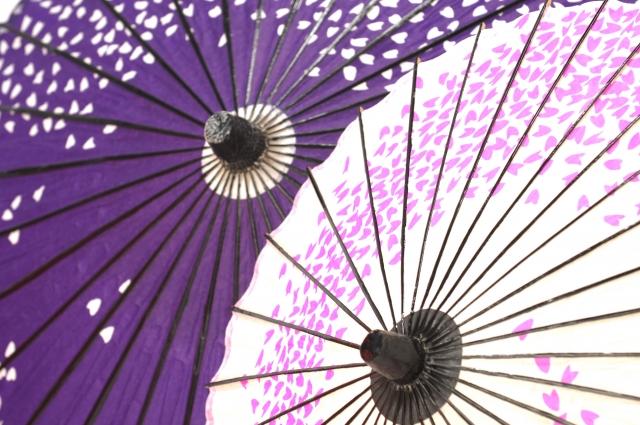Self-introduction!
Nice to meet you.
I’m sorry that I didn’t know the history and traditional culture of Japan where I live, and I’m thinking of knowing it from now on!
I will post my feelings and thoughts here by experiencing and listening to various things for myself! !!

Then …
What I’m most interested in right now is what kind of people are “traditional craftsmen”, what they are doing, and what is amazing!
By the way, everyone says, “Do you know what traditional crafts are like in the first place?
What are you talking about? An old job?
The work that grandpas are doing?
I think that all the people, including myself, somehow understand.

What is “traditional craft”?
First of all, traditional crafts are arts and crafts that use techniques and techniques that have been passed down for many years.
Crafts made using traditional crafts are called “traditional crafts”.
For example, “Nishijin-ori”, “Kaga Yuzenn”, “Arita porcelain”, etc … There are about 235 traditional crafts.
Requirements for traditional crafts
① Mainly used for daily life
② The main part of the manufacturing process is the handicraft
③ Must be manufactured by traditional techniques or techniques
④ Traditionally used raw materials are used and manufactured as the main raw materials being something
⑤ A considerable number of people in certain area manufacture or manufacture it.
Being engaged in problems with traditional crafts
Lack of young successors
It used to be serious because it takes a very long time to learn the technique.
But this the problem is improving due to the recent trend of pursuing purpose of life.
Many biography young successors visited the land of traditional industry and local industry.
Regardless of labor wages it is a saucer for searching for a purpose of life.
Lack of raw materials
Domestic products are expensive and are overwhelmed by foreign raw materials.
Domestic raw materials have been appreciating the yen for many years in some cases, the competitiveness has been lost and the supply itself has become narrower.
expensive
Considering the labor costs of Japan, which is a developed country, handicrafts from developing countries that are competing compared to the product, it has to be quite expensive.
However, made in Asia in the current Japanese market where handicrafts have penetrated to a certain extent, popular products are developing countries.
Domestic and European products are segregated as domestic and high-end products.
Innovation and reduced awareness of challenge
It is a traditional craft that has changed over a long period of time through improvement and ingenuity, but in recent years in the current situation of being protected by bsubsidies from the national and local governments, the crafts themselves are also protected.
I have fallen into a state of.
The above is a brief explanation of “Traditional crafts” that I have written so far.
By the way, as you all know, the overwhelming problem in the world of traditional crafts is the lack of successors.
Is it true that traditional crafts are needed on a daily basis in modern society?
If you say … I wonder if it was there …
Or, I think most people don’t have to worry about it at all.
Therefore, the reality is that the number of people who purchase works is decreasing, sales are declining, and people can be hired, but the number of people is declining.
Even so, for those who inherit the tradition, I think that they are the only ones who know the history, traditions, and techniques that we must continue to convey, which we do not know.
So I thought there was a lot to learn from “traditional crafts”, so I would like to post about “traditional craftsmen” from now on!
That’s all for today.
I would like to introduce it from the next time, so please look forward to it (^^) /
Let’s continue to have a good trip!


コメント